The majestic bald eagle is not just a symbol of American pride but also an indicator of the health of ecological systems. These regal birds of prey have faced significant challenges in many parts of the United States; however, in Alaska, their population seems to be thriving. This article will delve into why Alaska’s bald eagles are flourishing while other states face ongoing challenges in preserving these iconic creatures.
The Environmental Importance of Bald Eagles

Bald eagles play a crucial role in the ecosystems of North America. As apex predators, they help regulate populations of fish and other animals within their habitats. By controlling these populations, bald eagles maintain a balanced ecosystem that supports a wide range of biodiversity. This makes their presence an essential marker of environmental health.
Historical Challenges Faced by Bald Eagles
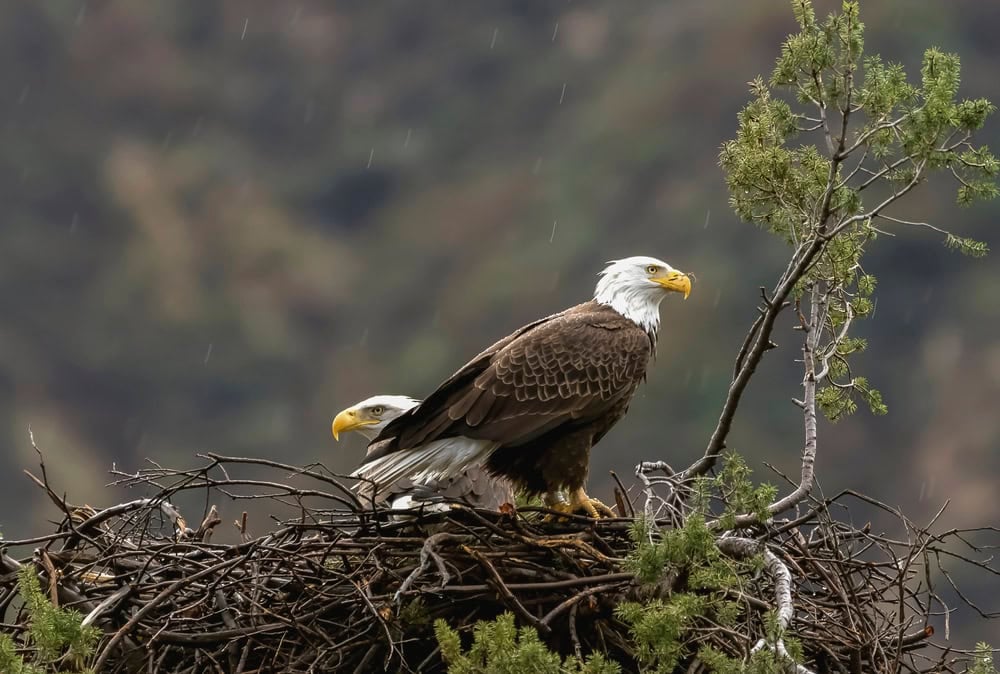
The mid-20th century was a tumultuous time for the bald eagle population across the United States. The use of the pesticide DDT led to a dramatic decline in their numbers due to thinning eggshells, which resulted in decreased hatching success. Coupled with habitat loss and hunting, bald eagles were pushed to the brink of endangerment.
The DDT Ban and Eagle Recovery

In 1972, the United States banned DDT, which marked the beginning of a gradual recovery for bald eagle populations. The establishment of legal protections, such as the Bald and Golden Eagle Protection Act and the Endangered Species Act, further supported their recovery by safeguarding both the eagles and their habitats.
Alaska A Safe Haven for Bald Eagles

Alaska is home to more than half of the global population of bald eagles. Its vast and largely undisturbed landscapes provide an ideal environment for these majestic birds. Clean rivers and lakes teeming with fish offer abundant food sources, while expansive old-growth forests provide safe nesting sites.
Factors Contributing to Success in Alaska

Bald eagles thrive in Alaska due to multiple factors: limited human population, minimal urban development, and extensive natural habitats. The region’s remote wilderness areas have been largely untouched by the industrial activities that often encroach upon eagle habitats in other states.
Climate and Seasonal Benefits in Alaska

While Alaska experiences harsh winters, the seasonal changes also bring advantages for bald eagles. The state’s rich biodiversity supports eagle survival as they adapt to varying weather patterns throughout the year. This adaptability contributes to their vibrant population in the region.
Ongoing Efforts to Preserve Alaska’s Ecosystem
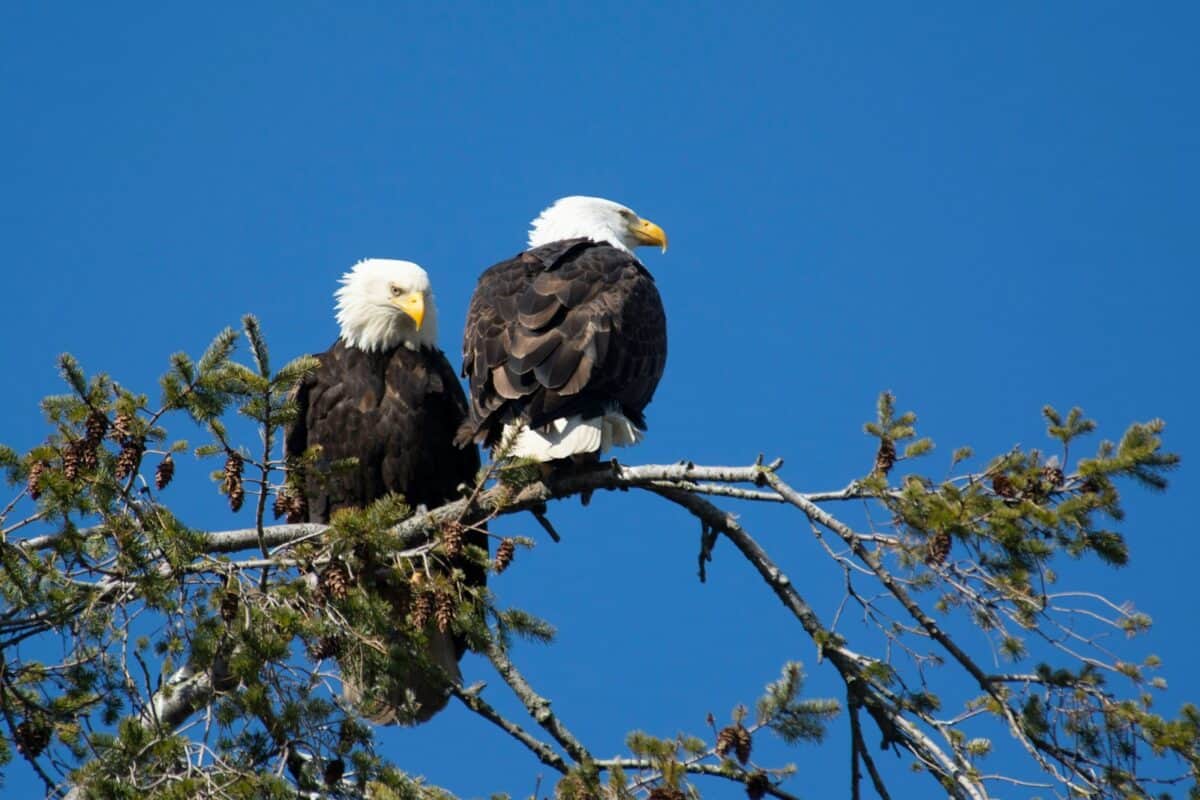
Conservation efforts in Alaska aim not only to protect bald eagles but also to preserve the entire ecosystem supporting them. Strict regulations on fishing, logging, and land use help maintain the clean, rich habitats necessary for the entire food web, from aquatic life up to apex predators.
Challenges Faced by Other States
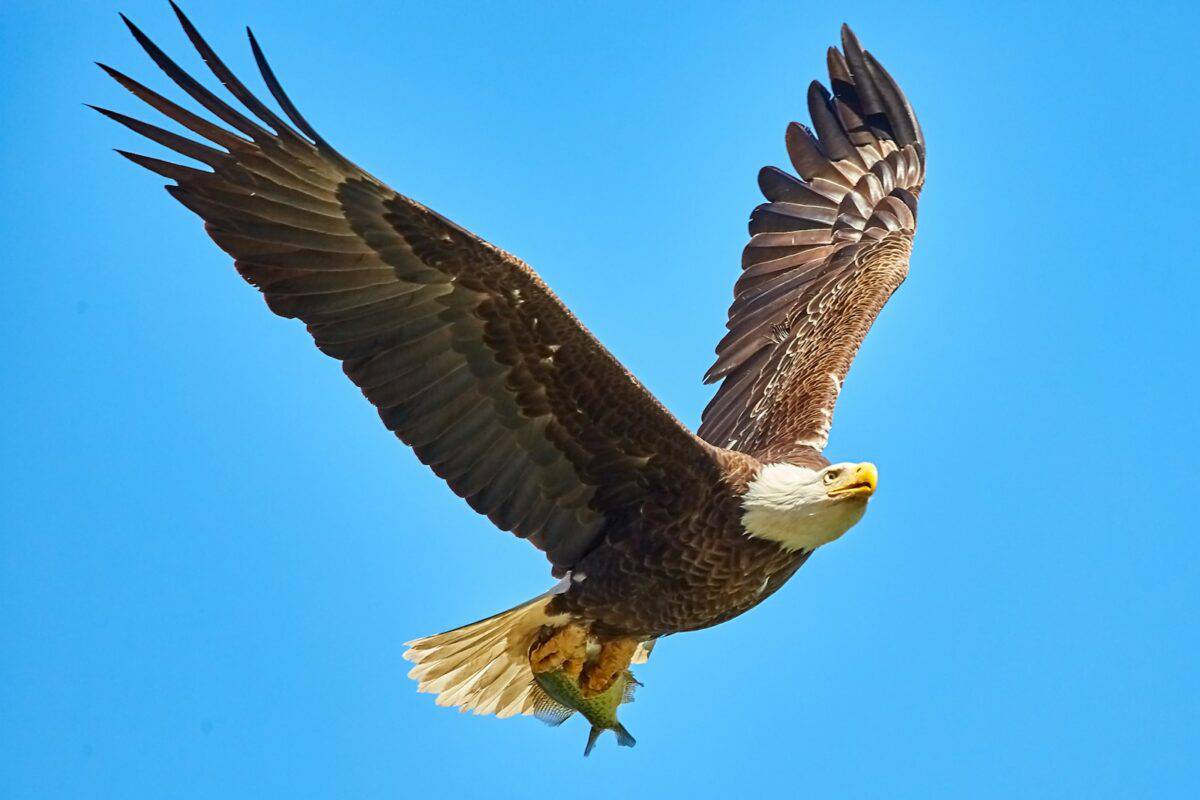
Outside Alaska, bald eagles confront various threats, including habitat fragmentation due to urban sprawl and industrial development. Pollution and lead poisoning, often resulting from ingesting contaminated prey or scavenging wildlife shot with lead ammunition, pose significant risks to their health.
Conservation Strategies in the Lower 48

Many states in the contiguous United States have implemented successful conservation programs to bolster bald eagle numbers. Initiatives such as protected nesting areas, rehabilitation centers for injured birds, and public education about minimizing environmental impacts have shown positive effects.
Citizen Involvement and Public Awareness

Public engagement has played a critical role in the conservation of bald eagles. Citizen science programs and local conservation groups actively participate in monitoring eagle populations, educating communities, and advocating for policies that protect eagle habitats.
The Future of Bald Eagle Populations
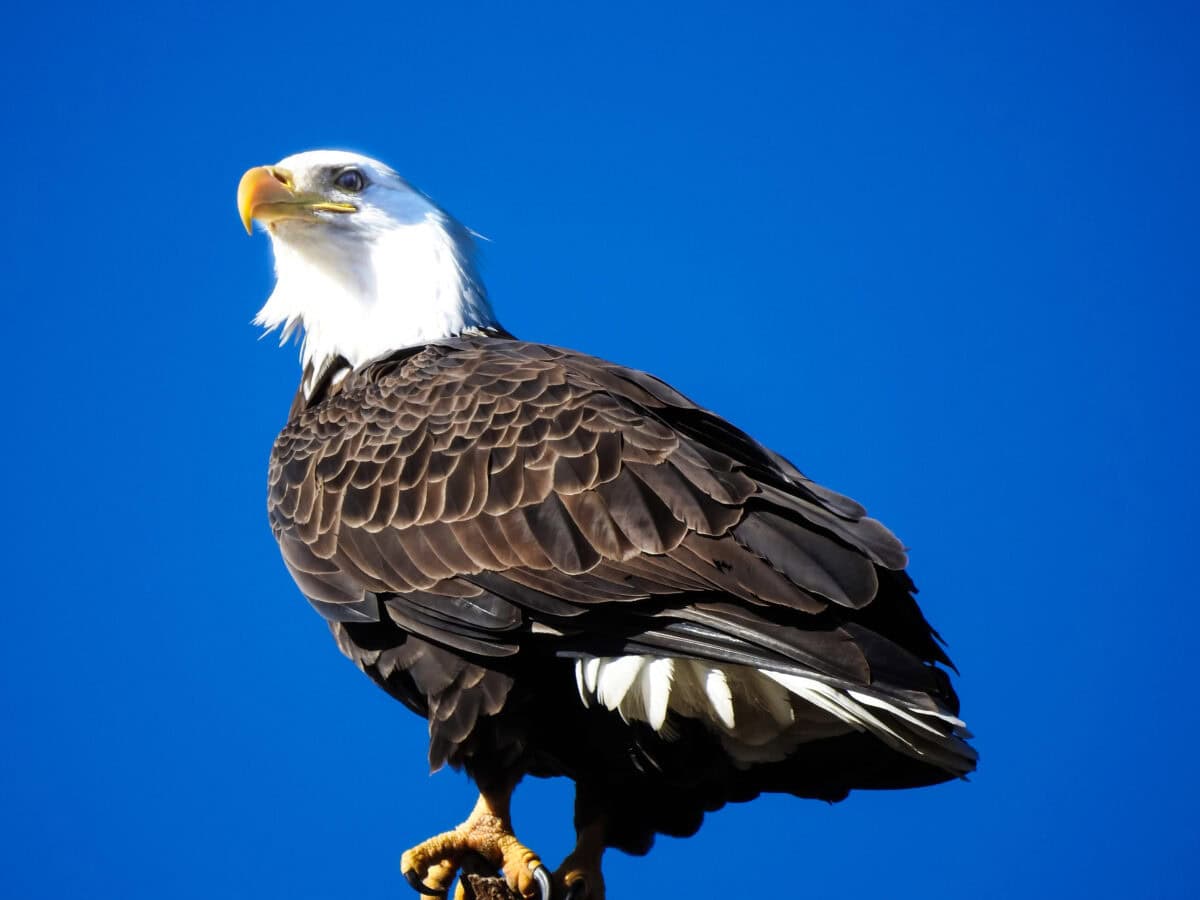
While there have been significant strides in the recovery of bald eagle populations, ongoing vigilance and concerted conservation efforts are necessary to ensure their continued success. Sustaining healthy populations across all states will require adaptive management to cope with emerging challenges related to climate change and human encroachment.
Summary and Key Takeaways
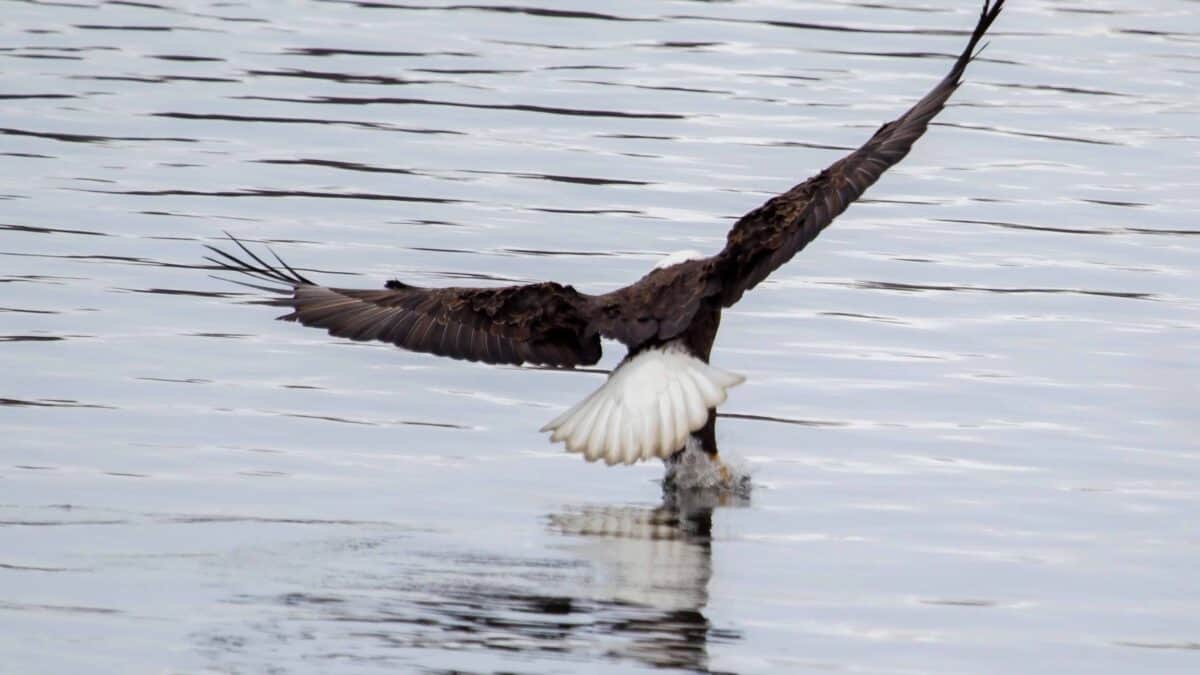
The thriving bald eagle population in Alaska highlights the importance of maintaining natural habitats and ecological balance. While challenges persist in other states, sustained conservation efforts, particularly in regulating environmental pollutants, reducing habitat destruction, and engaging local communities, continue to make a tremendous difference. Ultimately, ensuring that these majestic birds soar free across American skies is a testament to both environmental commitment and national pride.
- Alaskas Bald Eagles Are Thriving While Other States Struggle to Save Them - August 13, 2025
- The Secret Lives of Mountain Lions in California - August 13, 2025
- 13 Species That Can Thrive in Total Darkness - August 13, 2025

